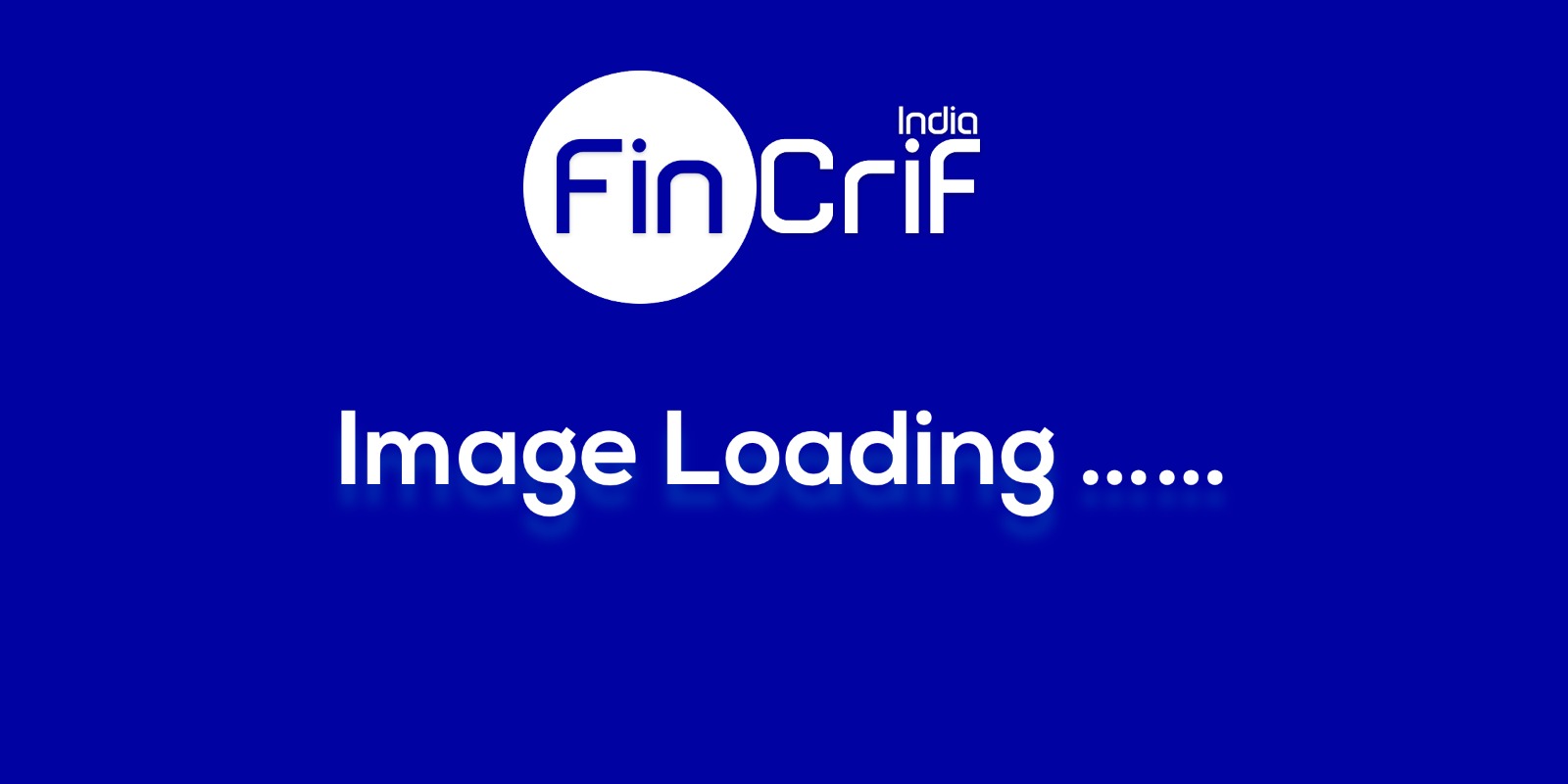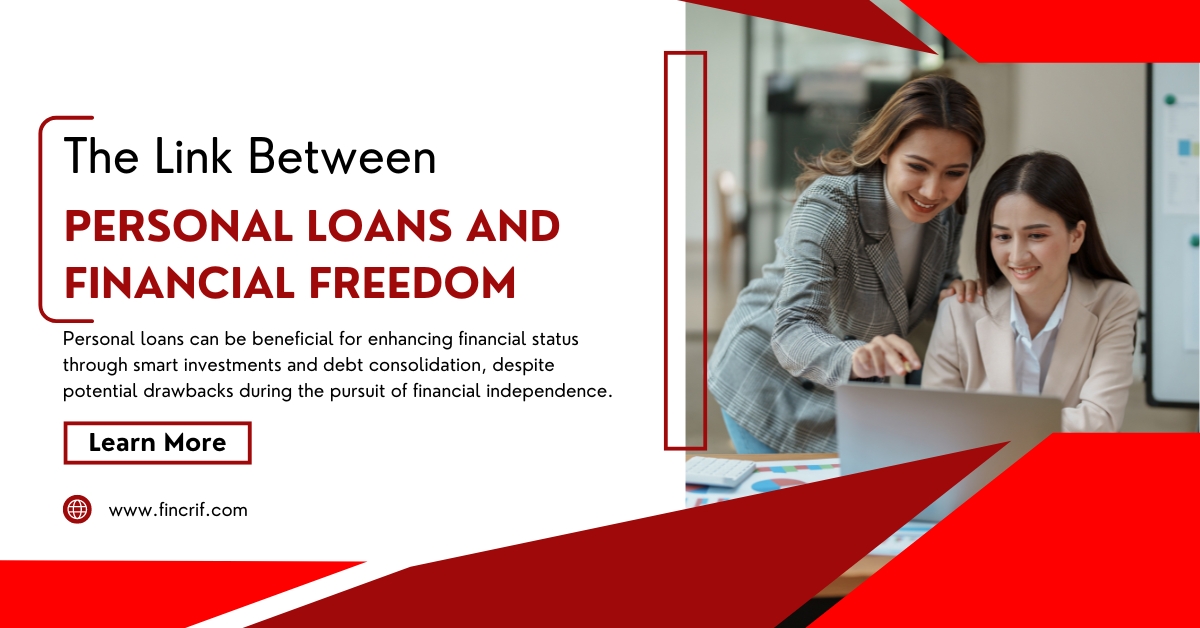4 Way to Consolidate Credit Card Debt
A technique called credit card debt consolidation turns several credit card balances into a single monthly payment.
If the new loan has a lower annual percentage rate than your credit cards, consolidating your debt is the best option. This can lower your interest expenses, make your payments easier to handle, or lessen the time until repayment.
Your debt load, credit score, and other factors will determine the optimal consolidation strategy.
The four best methods for paying off credit card debt are listed below:
Refinance with a balance transfer credit card.
Consolidate with a personal loan.
Tap home equity.
Start a debt management plan.
Balance Transfer Credit Card
Pros:
Introductory APR of 0%.
To pay off debt without interest, a year or more is required.
Cons:
Decent to exceptional credit is required to qualify.
Usually has a transfer fee for balances.
After the introductory period, the APR increases.
The balance transfer credit card option, also known as credit card refinancing, transfers credit card debt to a credit card with a zero percent introductory APR for a promotional term, often 12 to 21 months. To be eligible for the majority of debt transfer cards, you must have decent to excellent credit (690 credit score or better).
Although many issuers impose a one-time debt transfer cost of 3% to 5% of the transferred amount, a reputable balance transfer card won't have an annual fee. Before selecting a card, determine whether the amount of interest you will save over time will offset the fee.
Before the 0% introductory APR period expires, try to pay off your entire balance. After then, the interest rate on any outstanding balance will be determined by the credit card company.
2. Credit card consolidation loan
Pros:
Your monthly payment won't alter if the interest rate is fixed.
Low APRs for credit ratings of good to outstanding.
Some lenders offer to pay debts directly.
Cons:
Bad credit makes it difficult to obtain a low rate.
An origination fee is charged for some loans.
To apply at a credit union, you must be a member.
Consolidating debt from credit cards or other sources can be done with an unsecured personal loan from a bank, credit union, or internet lender. Your loan should provide you with a debt with a lower APR, ideally.
When compared to online lenders, credit unions, which are non-profit lenders, may provide their members with more flexible loan terms and lower rates, particularly for those with fair or terrible credit (689 or below credit score) customers. Federal credit unions have an 18% cap on their APRs.
For borrowers with strong credit, bank loans offer reasonable annual percentage rates (APRs), and advantages for ongoing bank customers may include greater loan amounts and rate reductions.
While banks and credit unions are less likely to offer this option, most internet lenders enable you to pre-qualify for a credit card consolidation loan without having an impact on your credit score. When you pre-qualify, you can receive an idea of the interest rate, loan size, and duration you might get when you formally apply.
In order to consolidate your debt, look for lenders who offer unique benefits. For instance, some lenders would reduce the interest rate on a debt consolidation loan or transfer the loan cash directly to your creditors to streamline the procedure.
Having doubts about whether a personal loan is the best option? Enter all of your bills into our debt consolidation calculator to view typical interest rates from lenders, calculate savings, and enter all of your obligations into one location.
3. Home equity loan or line of credit
Pros:
Generally, personal loans have higher interest rates.
Qualification might not need strong credit.
Payments are kept low by a long repayment period.
Cons:
For qualification, you typically need to have equity in your house, which necessitates getting an assessment.
backed by your house, which you can lose if you go into default.
If you own a property, you might be able to utilise the equity in your home as collateral for a loan or line of credit, which you might then use to pay off credit card debt or other bills.
In contrast to a line of credit, which functions like a credit card with a variable interest rate, a home equity loan is a one-time, lump-sum loan with a fixed interest rate.
During the draw period of a HELOC, which is typically the first 10 years, interest-only payments are frequently required. In order to lower the principle and make a difference in your overall debt over that time, you will need to pay more than the minimum payment required.
Since the loans are secured by your home, you are probably eligible for a cheaper interest rate than you would on a personal loan or credit card that lets you transfer balances. If you don't make your payments on time, you could also lose your home.
4. Debt management plan
Pros:
Consistent monthly payments.
May halve the interest rate.
Won't lower your credit score.
Cons:
There are frequent startup fees and ongoing costs.
Your loan repayment period may be between three and five years.
Plans for managing debt combine a number of debts into a single, lower-interest payment each month. It functions best for people who are trying to pay off credit card debt but are ineligible for other solutions due to a low credit score.
Debt management programmes don't lower your credit score like some other credit card consolidation choices do. Bankruptcy can be a better choice if your debts are more than 40% of your income and cannot be paid off within five years.
A non-profit credit counselling organisation may be able to help you find a debt management strategy.


